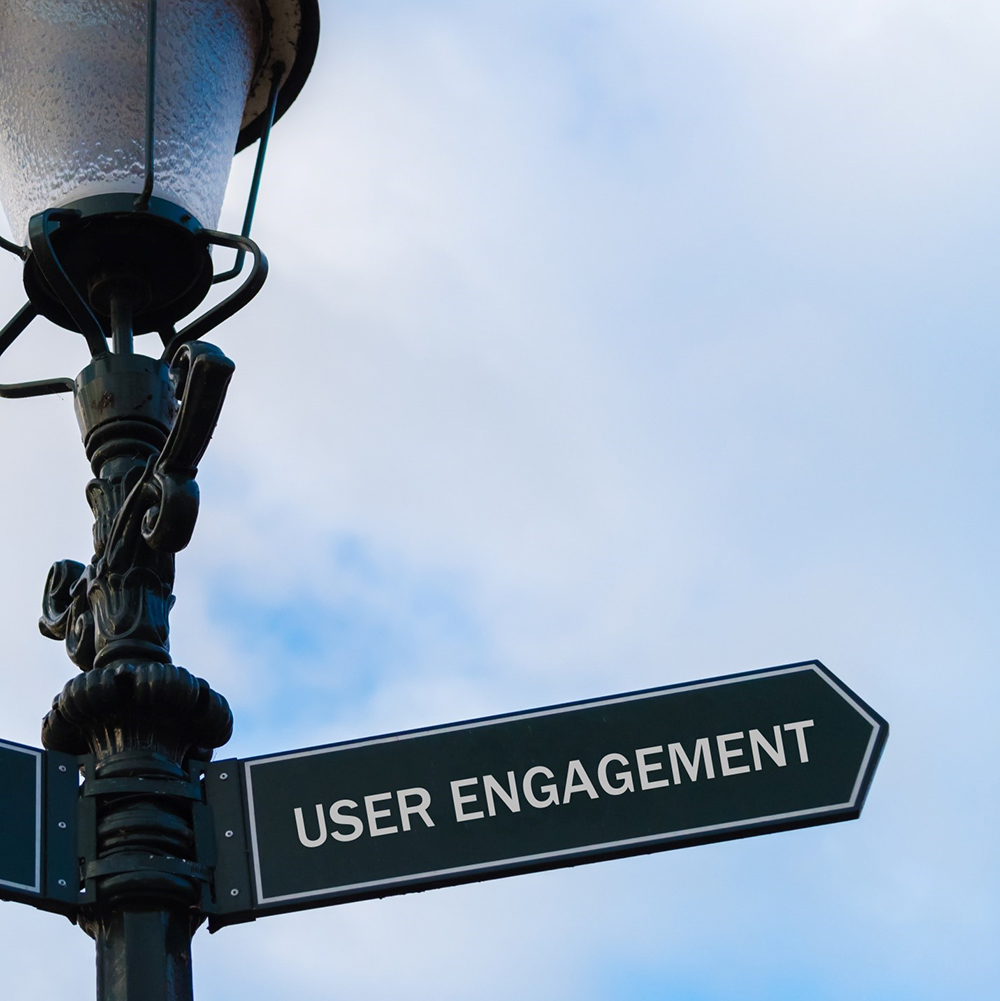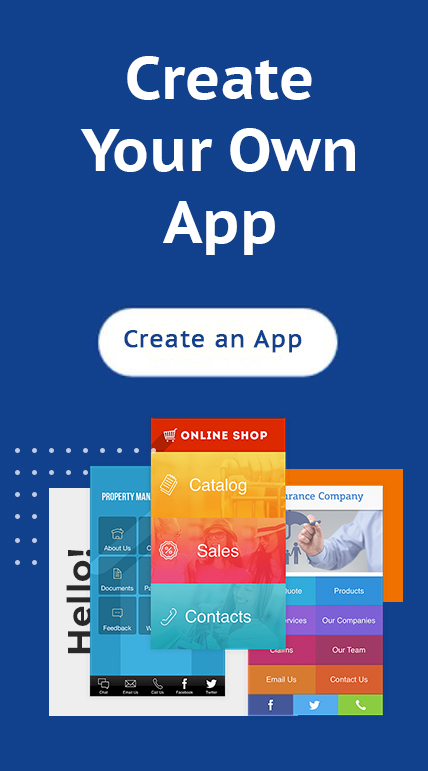That said, the mobile app revolution has brought about fierce competition. Google’s Play Store and Apple’s App Store currently have a combined 4.5 million smartphone and tablet applications. In this expanding crowd of mobile apps, ensuring that one remains relevant and valuable in the long run is currently the top concern for enterprises and developers.
Whether you are planning to launch your mobile app soon or have been in the app stores for years, it pays to know the techniques of retention. Gone are the days when the number of app downloads was the sole proof of success. How you keep your users engaged will draw the line between your app receiving long-term attention and high ratings or disappearing from the stores as soon as a competitor emerges with a better product.

Read on to find out what user engagement means for you and the techniques you can use to increase this valuable metric today.
What is User Engagement?
App user engagement is a measure of the level of activity demonstrated by the users of your application. Engagement tells you how many people are using your app and how much they are using it.Keeping users engaged, especially in an increasingly competitive and fast-paced landscape is no walk in the park. According to Localytics, the average mobile app retention rate sits at 20 percent after 90 days across all industries, which means that 80 percent of an app’s initial users fall off within 90 days. The report further reveals that 20 percent of apps are used only once before being uninstalled, and if an app is opened just once within the first seven days of installation, it is 60 percent more likely to be uninstalled.
These numbers might seem unrealistically appalling, but in truth, app owners are operating in a market where their customers have a lot of choices. Therefore, if user conversions and monetization are among your goals for developing your application, keeping users engaged to ensure repeat usage must be your top priority.
How to Increase User Engagement for Your App
Achieving enough mobile app engagement can be challenging, costly, and time-consuming, but with the right approach, you can get more active and loyal users in no time.Below are five tried and tested methods that will give you the results you want for your app.
1. Straightforward Onboarding
Drawing from its English definition, onboarding is the process of adapting a new user to your app. Think about it as the first impression you will give prospective users.An app that is easy to launch and navigate will make users feel comfortable from the start, decreasing abandonment rate. On the other hand, if your app requires a host of unpleasant steps before users can get what they want, they will likely jump to the next option available.
For the most effective onboarding, aspire to make the initial steps as few and straightforward as possible, and include minimal but effective explanations of the app features. Your user interface must also be intuitive and captivating to hold a first user’s attention long enough to achieve their goal.
2. Personalized Experience
Personalization is an essential factor for any platform that requires users to create active accounts, and apps are no different. Creating a personalized environment in your application can help you keep your customers engaged for longer. You can add usernames on top of the screen with a greeting message and use data analytics tools to track individual search histories and offer recommendations based on a user’s demonstrated preferences. GPS can also enable you to personalize aspects of your app like the user interface or language based on the location of the user.Add a personal touch to push notifications and emails as well, rather than using broadcast messages. Localytics reports that personalized messages offer a 35 percent more conversion rate than broadcast messages.
3. Rewards
The right onboarding and a personalized feel are crucial boxes to fill when trying to improve user engagement. To seal the bag, however, go a step further into offering users some incentives for their activity on the app. Everyone wants to get exciting bonuses that will help them save, and consequently, many app engagement campaigns achieve success by giving their customers better deals.Bonuses and incentives depend on the nature of your app. If yours is an e-commerce platform, offer your faithful users gift cards or sales once in a while. And, if you have a travel and lifestyle app, partner with external stakeholders to provide attractive holiday deals.
Keep in mind, however, that for rewards to be effective, they must be real. Mobile apps that reward user effort with virtual tokens may get some initial engagement from fascinated users, but they won’t translate it to long-term value.
4. Regular Updates
Even the most popular apps know that keeping users hooked is a continuous process. If your application slacks at maintaining interest, or worse, it develops compatibility issues with new devices or operating systems, your users won’t hesitate to uninstall it. It is, therefore, crucial that you keep your app fresh and functioning correctly with regular updates.Frequently updating your app will also keep users more excited about the capabilities that a new version brings to the table. If you are usually keen on collecting feedback, you can show your users that you are listening and working hard for them by including the features they have been asking for in the next update. As a result, users will be more trusting towards your platform and more inclined to stay.
5. Push Notifications
Studies show that 79 percent of people between 18 and 44 years old have their smartphones within arm’s reach 22 hours a day. If their phone blinks or buzzes, the chances are high that they will pick it up.It, therefore, goes without saying that push notifications are exceedingly useful tools for generating user engagement. Today, notifications can include media and action buttons, and you can tailor them to specific users. You can use them to convey new information, send reminders, encourage users to use a feature on the app, and much more. According to statistics, push notifications can improve user engagement by as much as 88 percent!
On the flip side, push notifications can be problematic if used thoughtlessly. The average smartphone user in the US gets a staggering 46 push notifications every day. Any new app that adds to this number needs to do it in a way that does not make users feel bombarded. Indeed, shooting too many notifications can lead to uninstallation.
Nonetheless, the impact of appropriate push notification delivery cannot be understated. Netflix, for example, has improved mobile engagement tremendously using simple reminders about new content based on a user’s viewing history. Use push notifications wisely, and you will see user commitment growing to new heights.

Wrap Up
The mobile app industry is as competitive as ever, and with users getting more demanding by the minute, the work of increasing user engagement is becoming increasingly complicated. Today, the goal is not merely getting your app downloaded but retaining users to build brand loyalty.As an app owner, you must find the balance between the quality of your app and how you package it for your users. Having both will help you to convert new and dormant users to long-term customers, and that will translate to a significant improvement in the average lifetime value of your app.
Feel free to utilize the iBuildApp templates and create your perfect app. Also please let us know about what other features you think are important.
